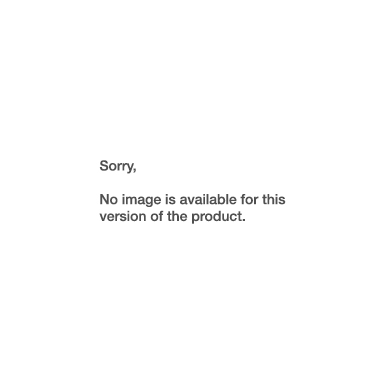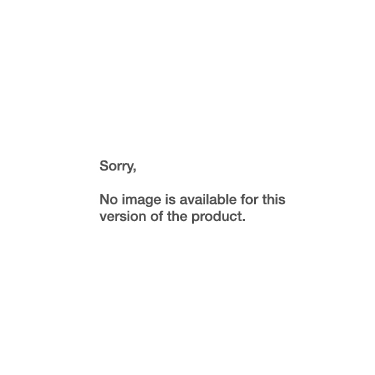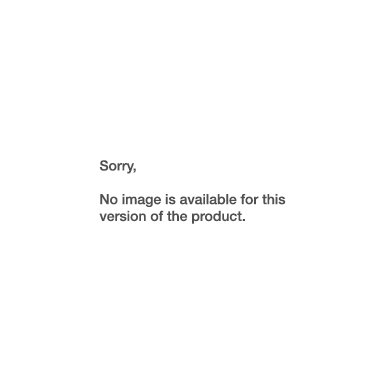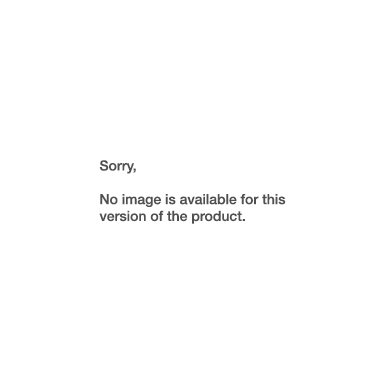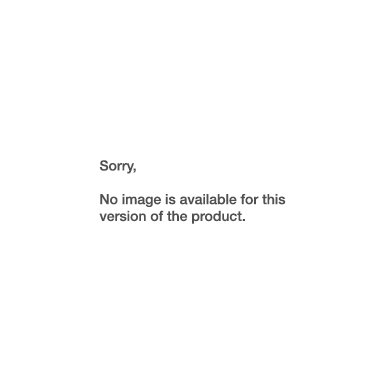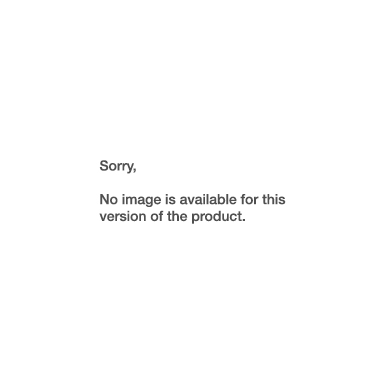We look at different leads and how to ensure you choose the right one for the job.
Lead choice is one of those areas of fishing that you may think is relatively straightforward. That is until you walk into a tackle shop and are greeted with a wall full of leads of different shapes, sizes, textures and even colours.
So which ones should you choose? The answer to that question will largely depend on which fishing situation you find yourself in. A lead’s first job is to provide enough weight for you to cast your rig the desired distance. But certain shapes are also better for fishing over different types of lakebeds or casting long ranges.
Knowing what type of lakebed you’re fishing over also enables you to choose the best colour or texture of lead to blend in with the surroundings. This is especially useful when targeting species such as carp. So here are details of the main types of lead and when to use each one.
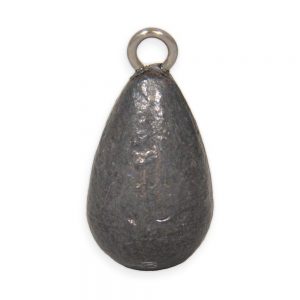
The pear lead is a great all rounder and is used for various fishing applications.
PEAR
A real allrounder, these are suited to a range of angling situations. They are easy to cast accurately because their shape keeps them stable in flight. The large rounded end makes it easier to feel the lead hit the bottom than a lead with a slimmer or pointed end.
- Casting range: Up to 80 yards
- Pros: Casts accurately
- Cons: Will bury in silt or weed

The flat pear lead is another great all rounder but provides better anchor due to it’s better shapre profile.
FLAT PEAR
This flat, condensed version of the pear lead is great for fishing on sloping marginal shelves or on the sides of gravel bars because it won’t roll out of position. Its large surface area helps it to sit on top of weed or silt, especially lighter 1oz-1.5oz leads, but it is also excellent on firm lakebeds.
- Casting range: Short to medium
- Pros: Will remain in position on slopes
- Cons: Can’t be cast big distances

Inline leads provide a more streamlined presentation.
INLINE
Inline leads are perfect for streamlined rigs. They are great for casting and are ideal for fishing on solid lake beds.
- Casting range: Up to 80 yards
- Pros: Excellent rig presentation
- Cons: Can pull hooklengths into lakebed debris

The distance lead is great choice for long range work.
DISTANCE
Sleek and streamlined, these torpedoshaped leads are built for distance. If you need to cast distances over 100 yards, these are essential. Good weight distribution makes them highly stable and accurate in flight. Apart from your terminal rigs, they can also be used as feature-finding tools.
- Casting range: 100 yards-plus
- Pros: Can be cast big distances
- Cons: Will roll down sloping banks
Pear Sinkers
from £0.50Daiwa Super Soft Shot Dispensers
from £4.50from £4.75Egg Bullets
from £0.40Barrel Leads
from £0.75Fox Camotex In-Line Flat Pear Leads
from £1.45Daiwa Super Soft Shot Refills
from £2.25
If you require any more tips or information on lead types, please contact the Angling Active team. We are more than happy to help.



